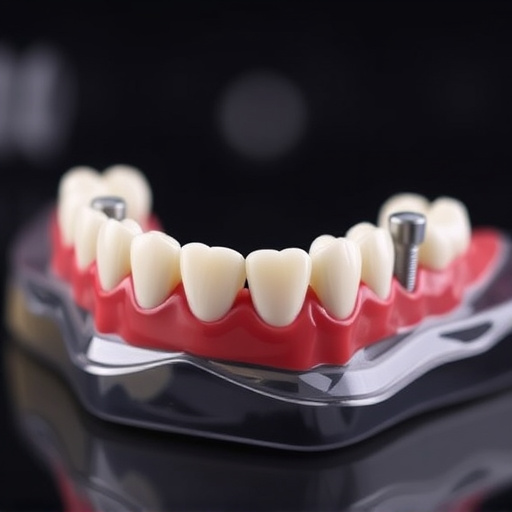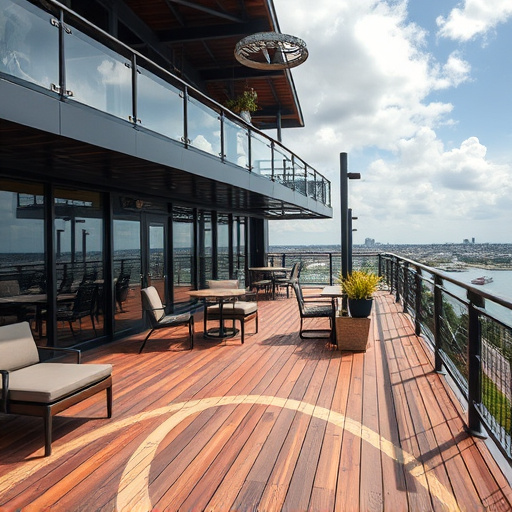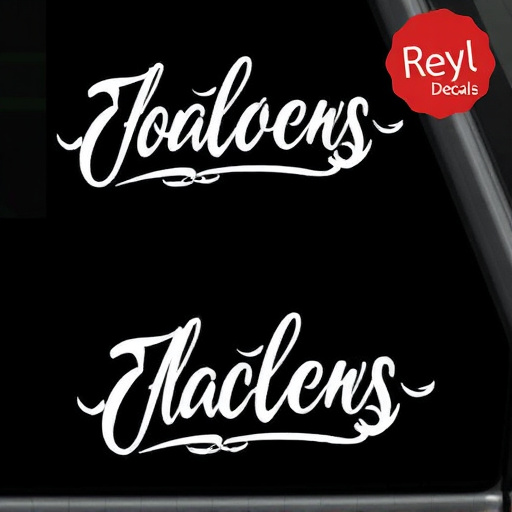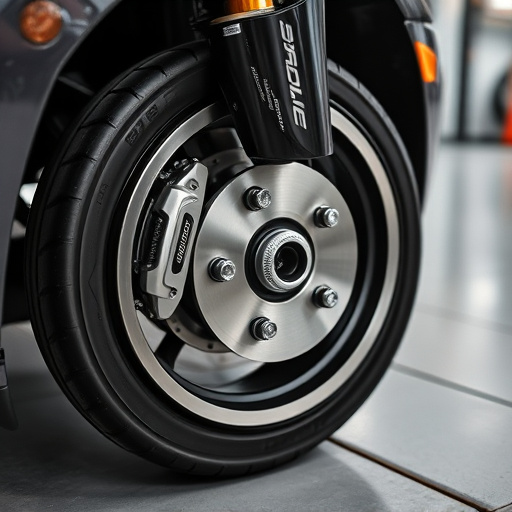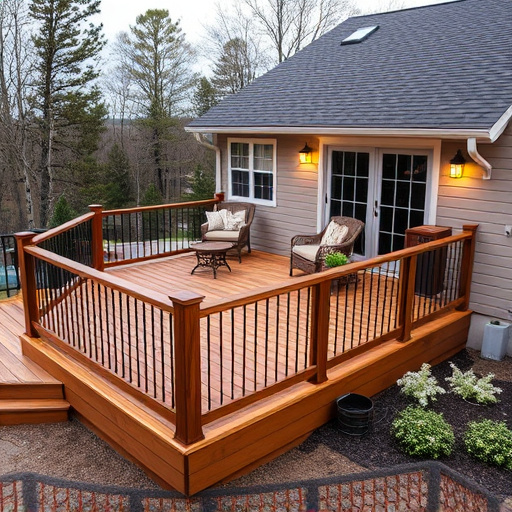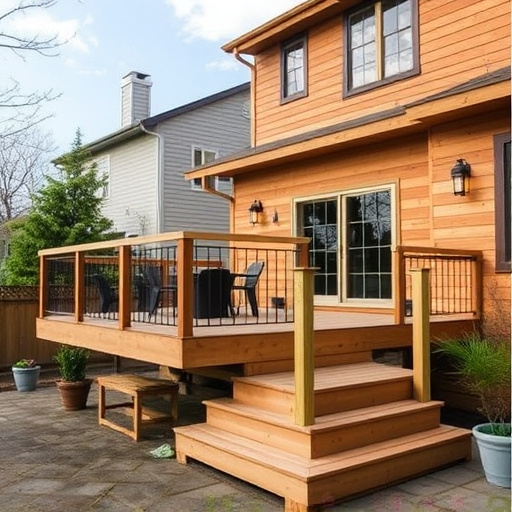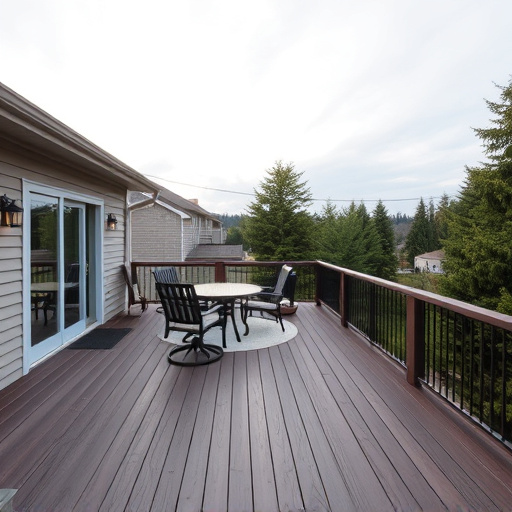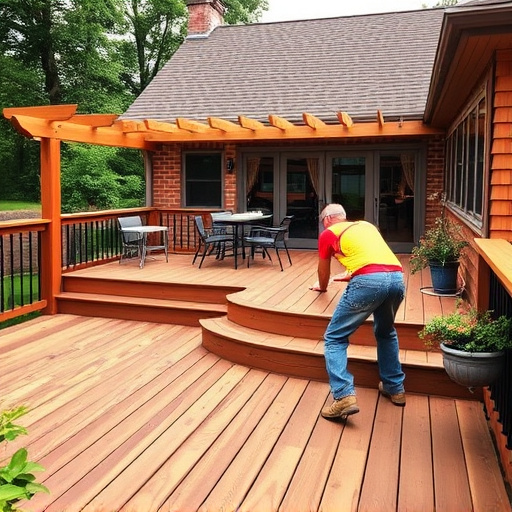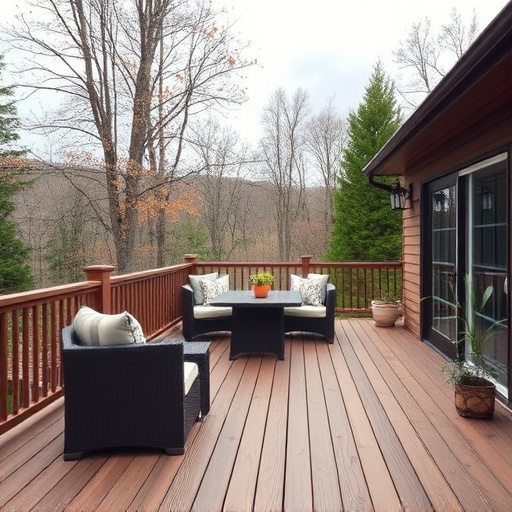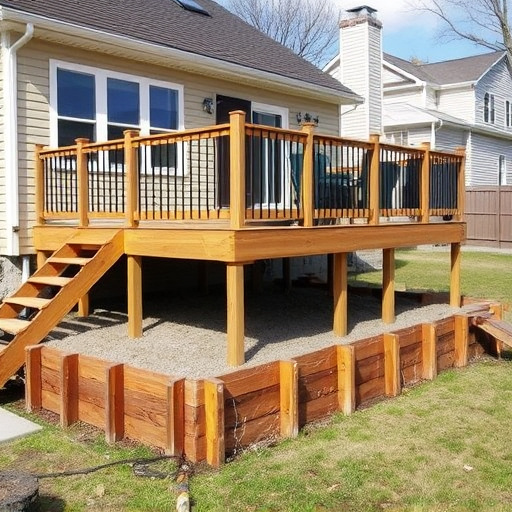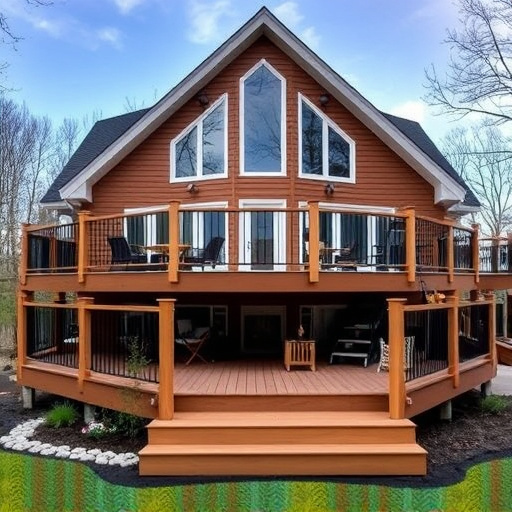Waterproof decking surfaces, made from materials like vinyl, composite, rubber, and PVC, have transformed outdoor living by offering durable, slip-resistant, low-maintenance alternatives to wood. With various textures available, users can choose between coarse grip for wet conditions and smoother aesthetics that may require additional coating. Installation should prioritize safety and include proper drainage systems. These decks enhance property value while providing seamless indoor-outdoor transitions.
“Waterproof decking surfaces revolutionize outdoor living, offering both style and safety. This article delves into the world of slip-resistant textures, exploring materials and benefits that transform your deck into a durable and secure space. From understanding key materials to selecting the perfect texture, we guide you in creating a safe haven for all weather conditions.
Discover how the right choices in waterproof decking can enhance your outdoor experience while ensuring optimal slip resistance.”
- Understanding Waterproof Decking Surfaces: Materials and Benefits
- Deciding on the Right Texture for Slip Resistance
- Ensuring Safety: Factors to Consider for Optimal Slip Resistance
Understanding Waterproof Decking Surfaces: Materials and Benefits
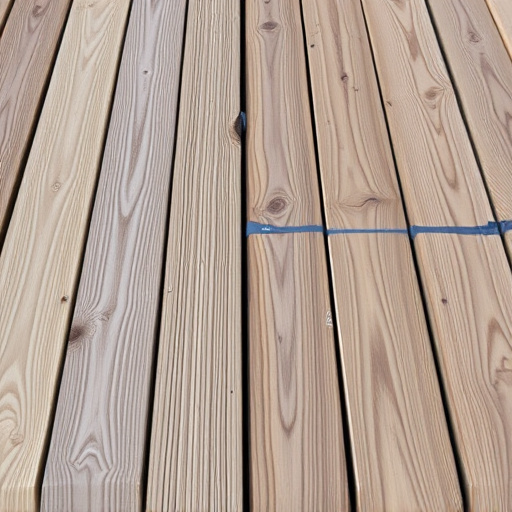
Waterproof decking surfaces have transformed outdoor living spaces, offering a range of benefits that extend beyond traditional decking materials. Understanding these surfaces begins with their core components, typically engineered to withstand harsh weather conditions and provide long-lasting durability. The market abounds with options, from vinyl and composite to specialized rubber and PVC materials, each boasting unique characteristics for various applications.
These advanced materials not only ensure a dry, comfortable walking surface but also significantly enhance safety by offering superior slip resistance. Moreover, they are easy to maintain, requiring minimal cleaning and repairs, which is a significant advantage compared to natural wood that can rot or warp over time. For homeowners seeking low-maintenance exterior solutions, waterproof decking is a top choice, complementing the overall aesthetics of a property and providing seamless transition between indoor and outdoor living spaces, thereby enhancing the value of home exterior services and roof repair.
Deciding on the Right Texture for Slip Resistance
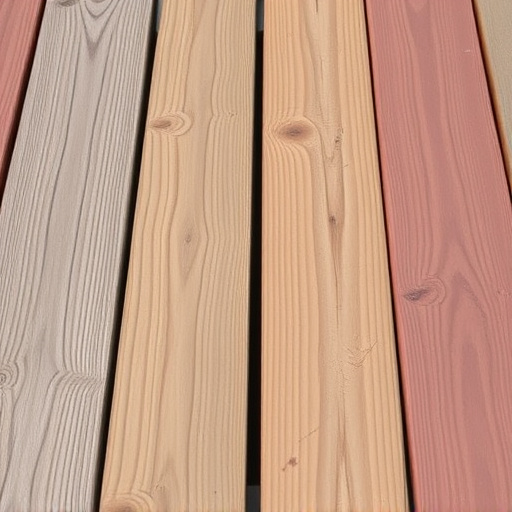
When selecting a waterproof decking surface, choosing the right texture for slip resistance is paramount to ensure safety and comfort. Different textures cater to varying levels of friction, making them suitable for different environments and uses. For instance, coarse textures offer superior grip, making them ideal for areas prone to wet conditions or subject to storm damage repair, where increased traction is essential to prevent accidents. Conversely, smoother textures provide a more aesthetic appeal but may require additional coating or treatment for enhanced slip resistance.
Consider your deck’s location and intended use when making this decision. If you’re looking at siding replacement or roof consulting for an elevated deck, coarser textures can significantly reduce the risk of slips and falls, particularly during inclement weather. Conversely, a home with a pool or frequent outdoor entertaining might prefer a more subtle texture that still offers adequate traction without sacrificing the elegant look of your waterproof decking.
Ensuring Safety: Factors to Consider for Optimal Slip Resistance
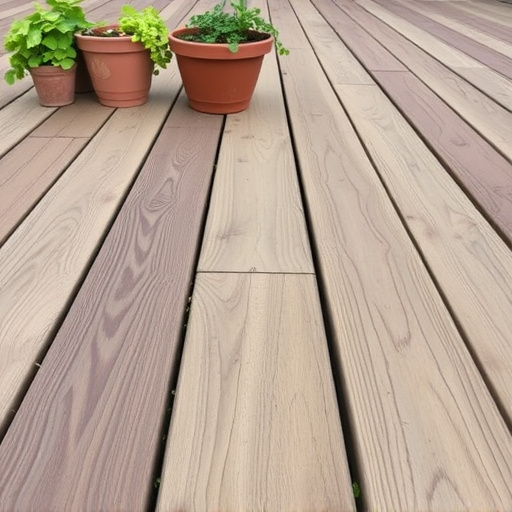
When considering waterproof decking options, safety should be at the forefront of your mind. Optimal slip resistance is crucial to prevent accidents and injuries, especially in exterior spaces where water accumulation can create slick surfaces. Several factors contribute to achieving this, including surface texture and material composition.
For commercial roofing or exterior home improvements, selecting a decking material with the right texture is key. Rougher textures provide better traction, whereas smoother finishes can be more prone to slipping when wet. Additionally, considering the overall installation process and ensuring proper drainage systems are in place can significantly enhance slip resistance. Roofing solutions designed for durability and safety will offer long-lasting protection against water damage while mitigating fall risks.
When selecting a waterproof decking surface, prioritizing slip resistance is essential for both safety and functionality. By understanding the materials, textures, and key factors that contribute to optimal slip prevention, homeowners and builders can make informed decisions. Incorporating the right texture into your deck design not only enhances safety but also adds aesthetic appeal, ensuring a durable and user-friendly outdoor space. Remember, the right choice in waterproof decking can transform your outdoor living areas into a secure and enjoyable environment for years to come.
